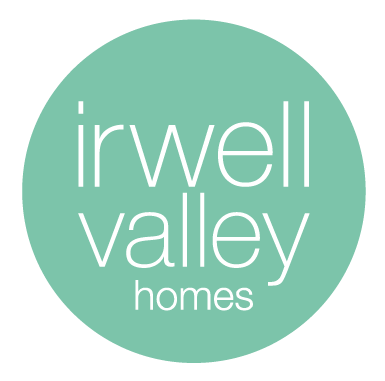-
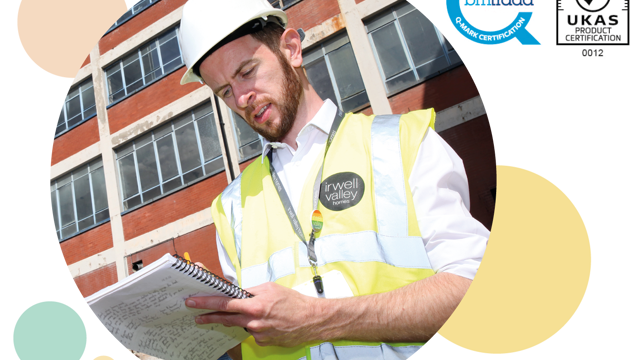
Visual fire inspections
We carry out visual fire inspections.
This helps us to ensure the building is safe and there are no new fire hazards.
How often we carry out fire inspections depends on the building’s risk rating. This rating is based on the size and construction of the building.
- For blocks that are high risk, we carry out visual fire inspections every week.
- For blocks that are medium risk, we carry out visual fire inspections every 30 days.
- For blocks that are a low risk, we carry out visual fire inspections every 60 days.
-
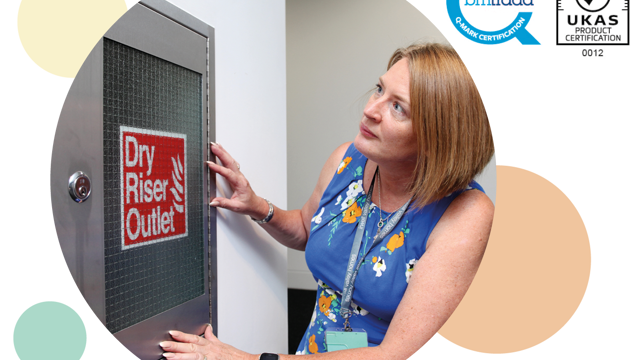
Fire risk assessments
We also work with fire engineers to carry out more in-depth fire risk assessments.
These are completed in all buildings that are required to have one by law. These are carried out by a certified consultant and reviewed by our internal fire safety team. The FRAs identify any hazards and precautions required in communal areas. Once an FRA has been done, our internal fire safety team will review the recommendations and complete any actions required.
The frequency of the assessment depends on the risk of the building:
- If the block is a high risk, we carry out the FRA annually.
- If the block is medium risk, we carry out the FRA every 2 years.
- If the block is low risk, we carry out the FRA every 3 years.
-
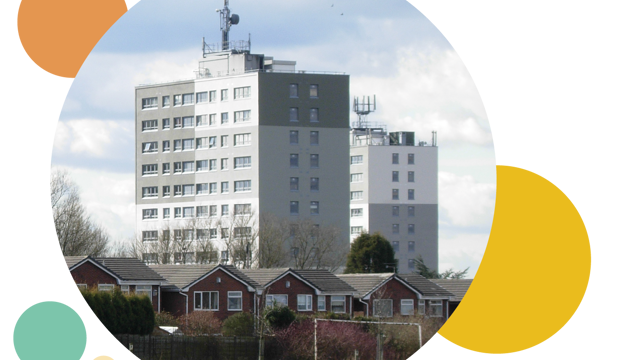
Person centred fire risk assessment
We have plans in place for anyone who is at greater risk.
In high rise apartment blocks, our Neighbourhood Officers identify anyone who may need extra support to evacuate the building in the event of a fire.
These residents are then included in our Vulnerable Residents Register and the key details added to the secure information box outside the building. The fire service can then access this in the event of a fire, so they know who needs help. (Please note the information box doesn't include any personal information about individual customers).
It’s important to let us know if you or anyone you live with would require extra support to evacuate in the event of a fire – we appreciate your co-operation.
-
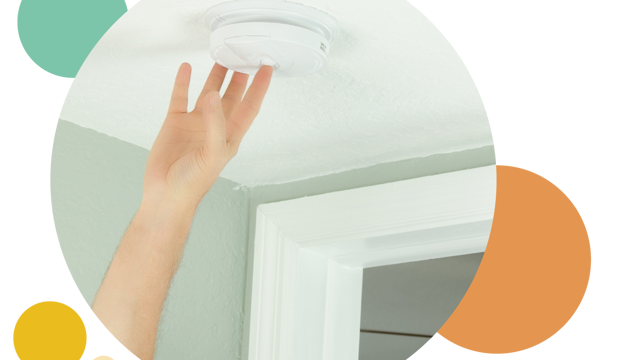
Smoke and carbon monoxide detectors
It’s important to check and regularly test the batteries in your smoke and carbon monoxide detectors to ensure they’re in good working order and able to protect you and your family as they should.
We will inspect them each year, but if you have any queries or concerns about the condition or maintenance of your alarm, or if you are concerned an alarm is missing, please contact us as soon as you notice.
Stay safe – watch our videos
We’ve worked with Greater Manchester Fire and Rescue Service on a series of helpful videos.
Smoke Alarms and Fire Doors
Fires In The Kitchen
Electrical Safety
Tumble Dryers
Heat Sources
Smoking and Candles
Bedtime Routines
Escape Routes
Keeping Corridors Clear
Get Out, Stay Out
Worried About Someone?
Electrical faults are the leading cause of house fires.
By working together, we can reduce the risk of a fire at home caused by an electrical fault.
Safety tips:
- Check plugs, sockets, and extension cables regularly. If they are showing signs of damage or feel hot, don't use them.
- Only use one plug per socket.
- Keep electric heaters or fires away from curtains and furniture, and never use them to dry clothes. Always turn them off when you go to bed or when you go out.
- Keep kitchen appliances clean and in good working order.
- Only put non-metallic items in the microwave – foil and metal will spark.
- Turn electrical equipment off rather than leaving it on standby – it saves money and reduces the risk of a fire.
- Only use tumble dryers, dishwashers and washing machines when you are at home.
- Keep the tops of appliances clear to ensure the ventilation isn’t blocked.
- Take care when carrying our DIY – Electrical Safety First has some top tips here.
- When charging electric bikes or scooters, make sure you stay with them and turn it off when fully charged and don't leave them charging overnight.
-
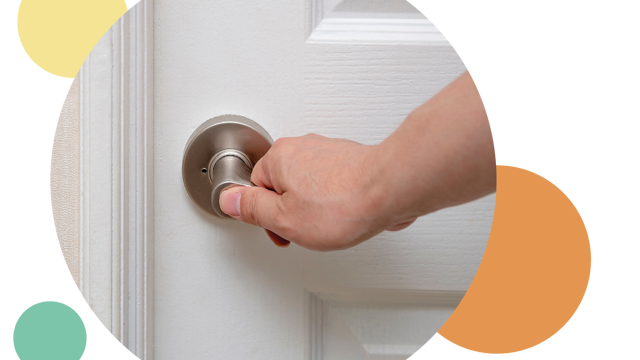
What to do in the event of a fire
If there is a fire inside your home – get out, stay out and call 999.
When leaving your flat or house, make sure you close all the doors behind you. Once outside call the fire brigade by dialling 999 – don’t assume that someone else has called.
Don't try to tackle the fire yourself, and never go back into a burning building.
If your only escape route is blocked by a fire:- Stay inside the safest room with a window that opens and call the fire service.
- Keep the door closed and use towels or bedding at the bottom of the door to block the smoke coming through.
- If you are trapped go to a balcony or window so you can be seen – but don’t jump.
- Wait to be rescued.
-
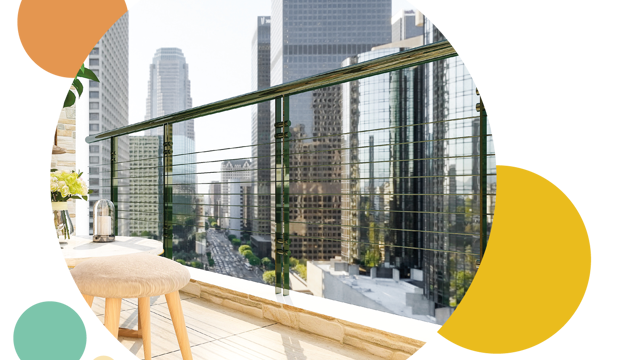
Fire safety in apartments
Managing fire safety in apartment blocks.
Living in a block of apartments doesn't mean you are more at risk of experiencing a fire.
But you do need to consider how a fire inside your home could affect you and others in your building.
If there is a fire or smoke in your apartment, get out and stay out. Close all the doors behind you and only use the stairs.Once outside, call the fire and rescue service by dialling 999 – don’t assume someone else has called. Do not go back into the building until the fire service tells you it’s safe to do so.
If your block has a 'Stay Put' fire evacuation policy, it may be safer for you to stay in your apartment if there is a fire in another part of the building. But if you feel unsafe at any time, then get out and call 999. If a member of the fire service tells you to leave the building, you should do so immediately.
-

How we're keeping you safe
Fire Safety Regulations
The Fire Safety England Regulations came into effect in January 2023.
As part of these new measures we have:
- installed new signage in our high-rise buildings to ensure the fire service can find their way around in the event of a fire
- introduced a new programme of fire door checks to both communal doors and apartment front doors.
These are as follows:
- On buildings between 11m and 17.9m high (up to 5 storeys) the communal front doors are checked every 3 months and apartment front doors checked every year.
- On buildings 18m and over (7 storeys and above) communal front doors are checked every 3 months; apartment front doors every year and fire safety equipment - such as firm alarms and sprinkler systems - are checked every month.
-

We've launched a new panel to involve customers
Building Safety Forum
We have created a new Building Safety Forum made up of customers living in our high-rise buildings.
The group will work with our fire safety team to provide feedback and input on fire safety works, advice and communication.
Fire safety programme
Following the tragic fire at Grenfell Tower, the government released a series of Advice Notes to building owners and developers. They required us - as building owners - to inspect all buildings which were likely to be affected, to see if changes were needed to the way we manage fire risks, or if any work was needed to improve safety.
Due to concerns about the Advice Notes, they have now been replaced with a new code of practice called PAS 9980. This sets out five clear steps to identify risks and mitigating steps to address them. It is hoped the new risk-based approach will ensure homes and residents are safe, whilst avoiding unnecessary work.
The government has been clear that leaseholders should not pay to remove dangerous cladding and we support this. Where we can we have accessed the Government’s Building Safety Fund to pay for fire remedial works and continue to work with developers of buildings we own to resolve any issues.
We are well underway with our programme of works and have completed works in the majority of buildings over 18 metres. We are now working on lower buildings to ensure all the buildings we manage meet the new requirements.
Where we are up to
- We have carried out significant remedial works to several buildings and have work in progress at others.
- We have introduced extra safety measures such as enhanced fire alarms and sprinkler systems to further enhance safety in our buildings.
- The change in government guidance in 2022 meant we had to carry out further investigations on some of our buildings to determine what work is still required.
- We are now planning out these works using a risk-based approach.
- We continue to engage with the government, providing them with detailed information about all our buildings.
- We remain committed to working with them to make sure buildings are safe.
- We continue to provide updates on the situation as it is available.
Building remediation: Frequently Asked Questions
- 1. Choose a topic
- Keeping you safe
- Liabilities and support
- Selling your home
- 2. Choose a question
- How will keep you me safe now?
Question
Answer
Reinforced Autoclaved Aerated Concrete (RAAC)
We understand customers may be concerned about the potential use of RAAC in social housing homes, following the extensive media coverage of its use in schools and other public buildings built between the 1950s and 1980s.
We want to reassure residents that following preliminary investigations, we believe the likelihood of RAAC being present in our homes is extremely low.
This view is based on the results of the regular, routine surveys that Irwell Valley Homes and our independent surveyors carry out in our homes, which have not found any signs that RAAC has been used.
In general, RAAC is predominately found in buildings which require a large, unsupported roof – such as schools, hospitals and other public buildings.
The safety of our customers and their homes is our top priority. Customers can be reassured we’re taking this issue extremely seriously and are working on several steps as part of our risk-based approach, including:
- Further investigations of our homes and buildings, working closely with our structural engineer partners.
- Issuing guidance to our inspection and surveying teams on how to identify any potential issues whilst carrying out their day-to-day work.
- Adding specific checks into future structural assessments.
- Including specific checks within future stock condition surveys.
If you have any questions or concerns about your home or building, please contact us.
Resident Engagement Strategy
If you live in a high rise building we have also created a Resident Engagement Strategy.
Find yours here Castleton Court, Fitzgerald Court, Magnolia Court, Southey Court, The Picture House
